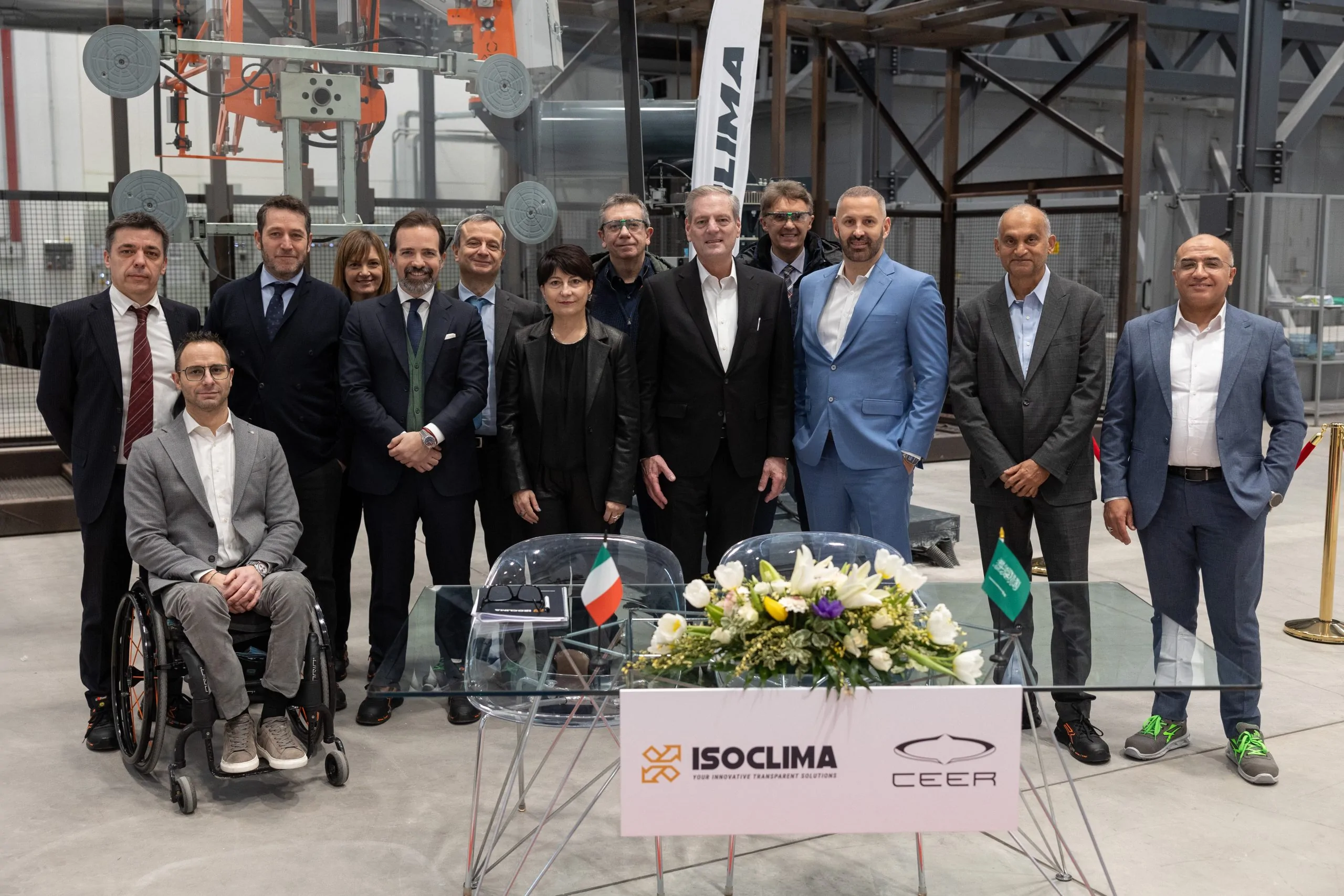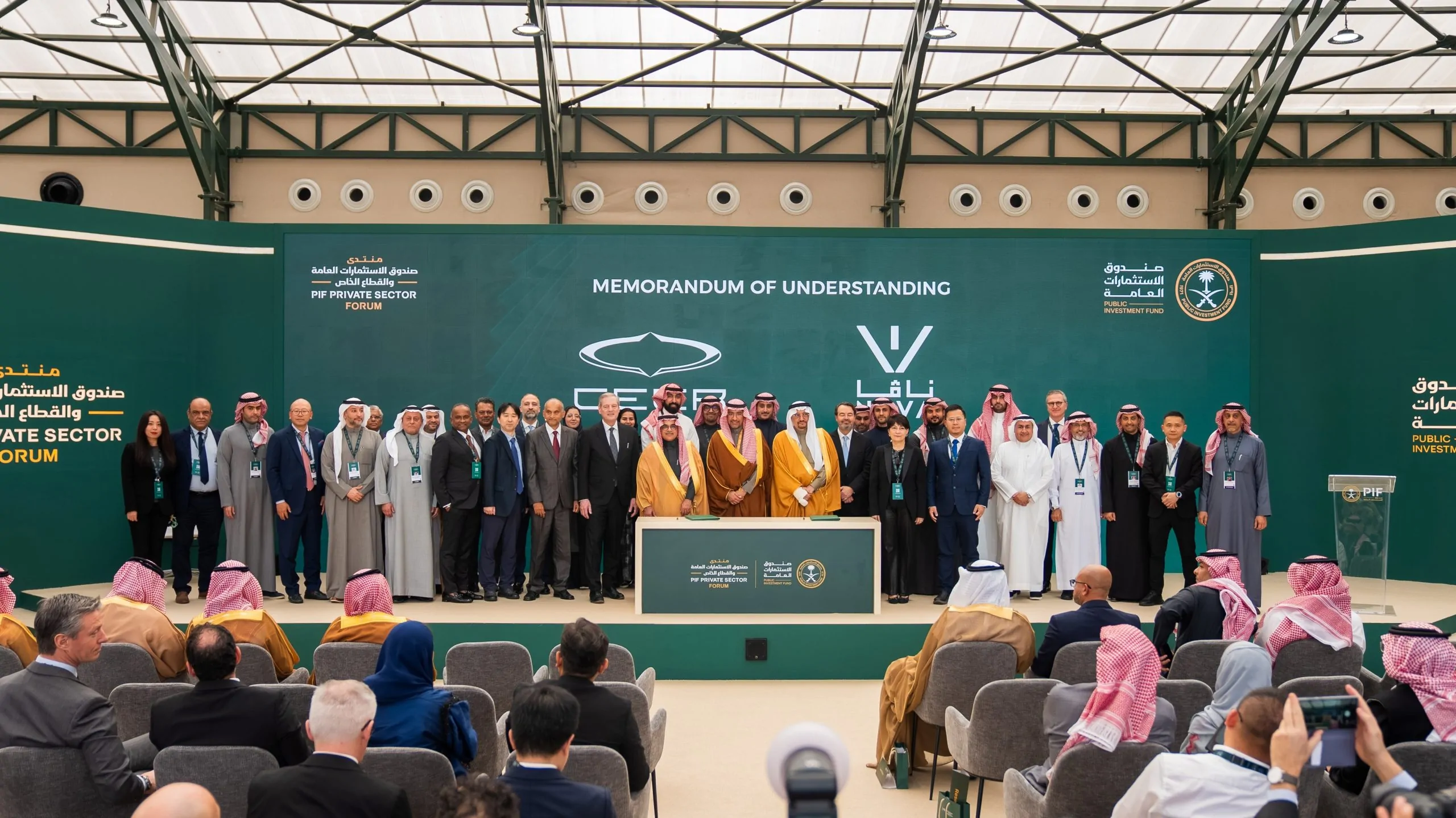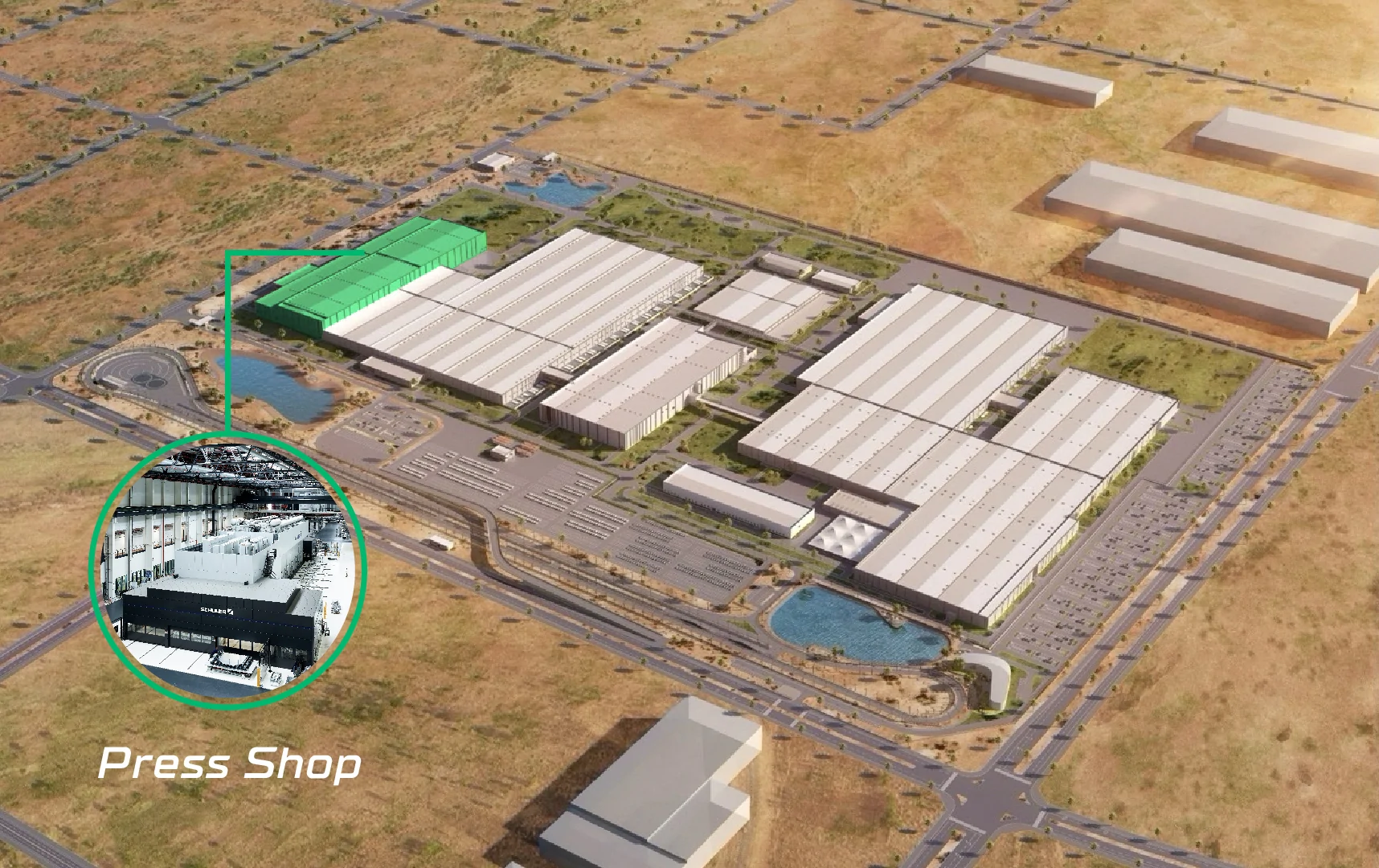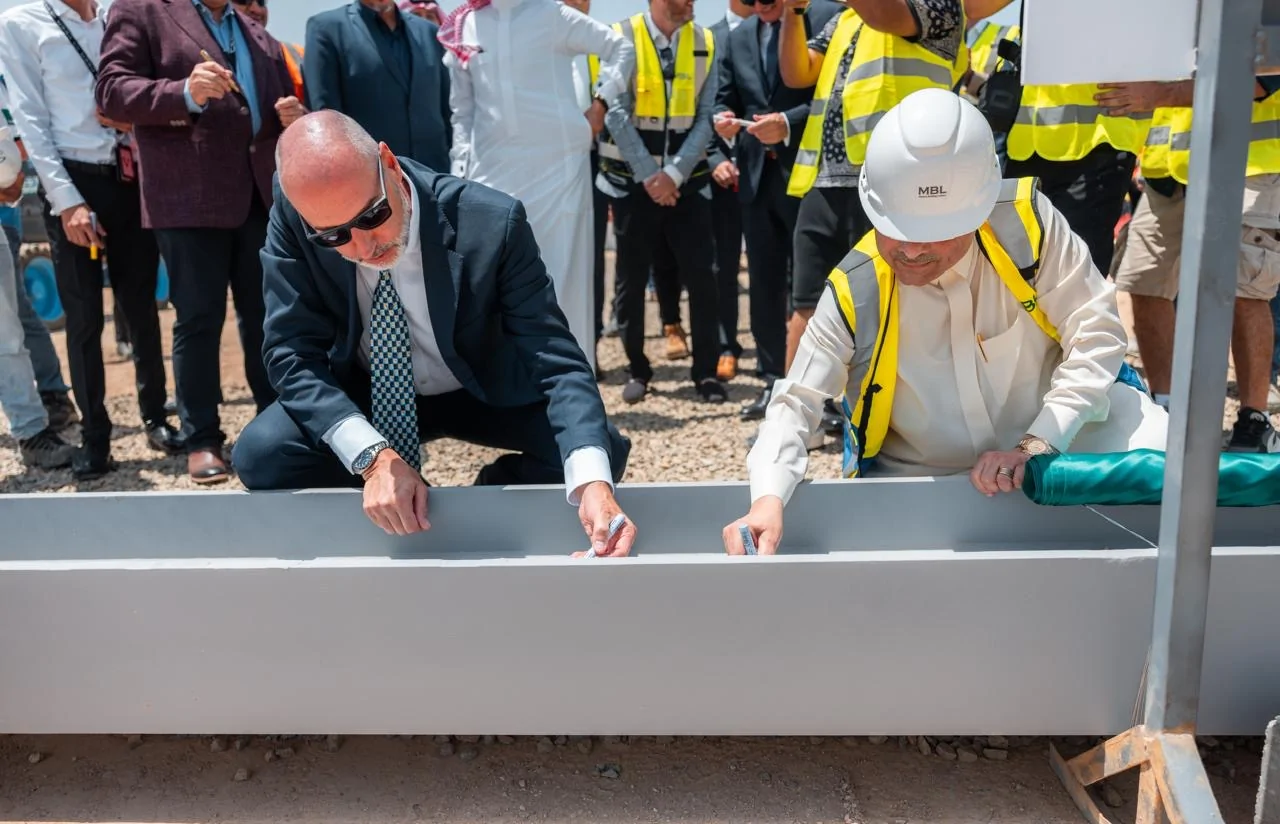17 Apr 2025
On a Journey to Ignite the Automotive Industry in the Kingdom, CEER Announced Reaching 1500 Employees Milestone at HCI Forum
• CEER marks reaching 1,500 employees at the Human Capability Initiative (HCI) Forum, showcasing its commitment to boosting human capability in the Kingdom. • Company is committed to building a future-ready Saudi workforce and supporting Vision 2030 by strategically developing talent and fostering a thriving automotive ecosystem. • CEER’s human capability strategy built on five […]













